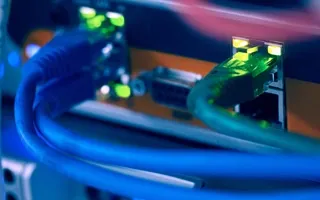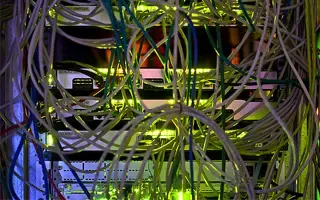Network Fundamentals: Top Picks
Network Fundamentals
Firewall Topologies
In this section we are going to talk about the different ways a firewall can be set up. Depending on your needs, you can have a very simple firewall…
Network Fundamentals
Multicast - Understand How IP Multicast Works
Multicast is a communication method used in computer networking where data is sent from a single sender to a group of destination devices. In this m…
Network Fundamentals
Introduction To Networking
A network is simply a group of two or more Personal Computers linked together. Many types of networks exist, but the most common types of networks ar…
Network Fundamentals
DoS & DDoS Attacks
A Denial of Service (DoS) attack is a malicious attempt to disrupt the normal functioning of a website, server or network by flooding it with traffic…
Featured Subcategories:
Netflow Articles:
Netflow
Netflow vs SNMP. Two Different Approaches to Netw…
SNMP (Simple Network Management Protocol) and Netflow are both popular protocols with admins, prized for their ability to give visibility over the ne…
Netflow
Complete Guide to Netflow: How Netflow & its Comp…
This article will cover the basics of Netflow, including its use cases, Netflow supported devices, Netflow history, and variants. We’ll also dive int…
Netflow
Netflow: Monitor Bandwidth & Network Utilization…
Monitoring network traffic & bandwidth usage via Netflow is mandatory for any type and size network. Gaining visibility into user traffic, applic…
Netflow
NetFlow Analyzer: Free Download, Step-by-Step Ins…
In our previous article we explained how a Netflow Analyzer can help you gain visibility into your user traffic, application traffic and data flows w…
Network Protocols:
Subnetting
IP Subnetting - Part 1: The Basic Concepts
When we subnet a network, we basically split it into smaller networks. For example, when a set of IP Addresses is given to a company, e.g 254 they mi…
TCP - UDP Protocol Analysis
TCP Header Anaylsis - Section 3: TCP Header Lengt…
The third field under close examination is the TCP Header length. There really isn't that much to say about the Header length other than to explain w…
Supernetting & CIDR
Supernetting In-Depth Analysis - Learn to Identif…
Our previous article served as an introduction to Supernetting, also known as Route Summarization. We covered the concept of Supernetting, how it wor…
TCP - UDP Protocol Analysis
TCP Header Anaylsis - Section 1: TCP Source & Des…
This section contains one of the most well-known fields in the TCP header, the Source and Destination port numbers. These fields are used to specify…
Domain Name System (DNS)
The DNS Protocol - Part 2: DNS Queries & Resoluti…
This section will help you understand how the DNS queries work on the Internet and your home network. There are two ways to use the domain name syste…
TCP - UDP Protocol Analysis
Transmission Control Protocol - Part 3: The TCP H…
This article shows the TCP Header and Segment. We explain where the TCP Header and Segment are located in an Ethernet frame and also briefly view the…
Subnetting
IP Subnetting - Part 5: Subnetting Guidelines
There is always that day when you are called upon to provide a solution to a network problem. The number of problems that can occur in a network are…
IP Protocol
IP Protocol - Part 3: IP Classes, Network & Host…
This article explains the 'Network-ID' and 'Host-ID' concept found in IP addressing and subnetting. We analyse the structure of IP addresses and netw…
STP/ICMP Protocols:
ICMP Protocol
ICMP Protocol - Part 7: Time Exceeded Message Ana…
The ICMP - Time Exceeded message is one which is usually created by gateways or routers. In order to fully understand this ICMP message, you must be…
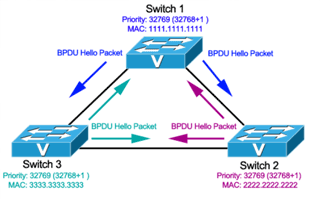
Spanning Tree Protocol (STP)
Spanning Tree Protocol – Part 3: Bridge ID, Prior…
In this article we will examine the Spanning Tree Bridge ID structure, explain why it has increments of 4096, how VLAN information is embedded (for P…
ICMP Protocol
ICMP Protocol - Part 2: Echo / Echo Reply (Ping)…
As mentioned in the previous page, an Echo is simply what we networking engineers call a 'ping'. The Echo Reply is, as most would guess, the 'p…
ICMP Protocol
ICMP Protocol - Part 1: Introduction
The Internet Control Message Protocol (ICMP), is a very popular protocol and actually part of an Internet Protocol (IP) implementation. Because IP wa…
Your IP address:
66.249.70.32
Wi-Fi Key Generator
Follow Firewall.cx
Cisco Password Crack
Decrypt Cisco Type-7 Passwords on the fly!
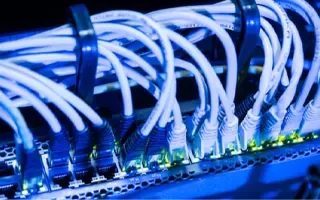
VLAN Networks
Dynamic VLANs
Dynamic VLANs were introduced to grant the flexibility and complexity(!) that Static VLANs did not provide. Dynamic VLANs are quite rare because of their…

VLAN Networks
Comparing Traditional Flat & VLAN Networks
Designing and building a network is not a simple job. VLANs are no exception to this rule, in fact they require a more sophisticated approach because of t…
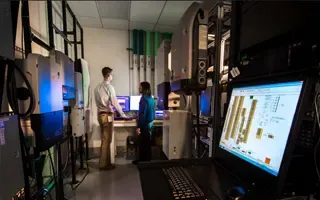
VLAN Networks
VTP Protocol - In-Depth Analysis
The previous article introduced the VTP protocol, we examined how it can be used within a network, to help manage VLANs and ease the administrative overhe…

VLAN Networks
VTP Introduction & Modes
The invention of VLANs was very much welcomed by all engineers and administrators, allowing them to extend, redesign and segment their existing network wi…
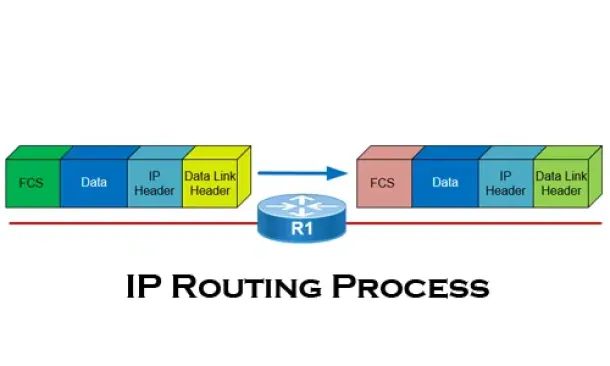
Routing
The IP Routing Process - Step-by-Step Analysis
We are going to analyse what happens when routing occurs on a network (IP routing process). When I was new to the networking area, I thought that all you…
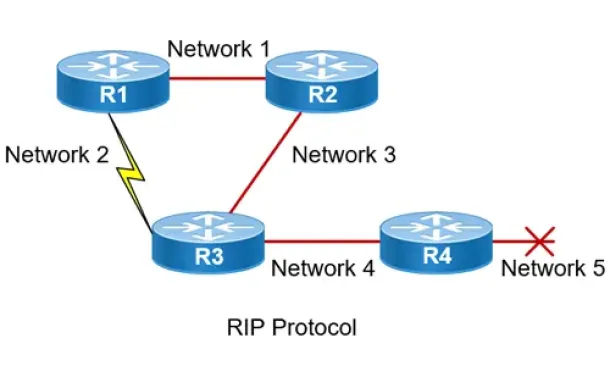
Routing
Routing Information Protocol - RIP
Routing Information Protocol (RIP) is a distance-vector routing protocol that is commonly used in small to medium-sized networks. It is one of the o…
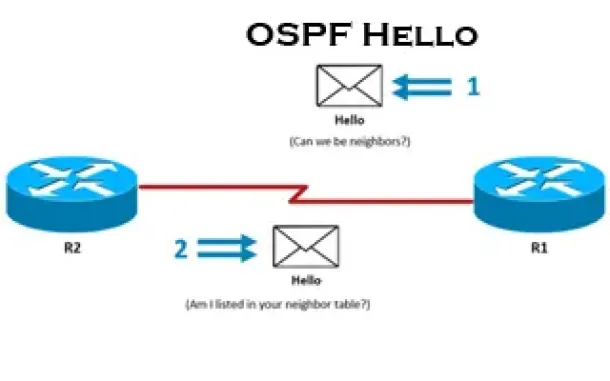
Routing
OSPF - Part 3: OSPF Adjacency & Neighbor Forming Proce…
This is the thrid article of our 6-part OSPF series (see below) that describes how OSPF routers perform neighbor relationship and adjacency. We’ll examine…
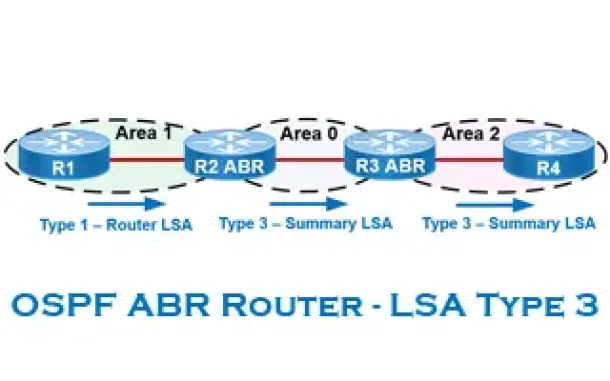
Routing
OSPF - Part 6: OSPF LSA Types - Purpose and Function o…
Our previous article explained the purpose of Link State Update (LSU) packets and examined the Link State Advertisement (LSA) information contained within…
Network Address Translation - NAT
The Network Address Translation Table
After that simple and informative introduction to the NAT concept, it's time to find out more about how it works and this is where the NAT table comes in…
Network Address Translation - NAT
Dynamic NAT - Part 2
Our previous article, Dynamic NAT - Part 1, covered the basic idea of Dynamic Network Address Translation. We are now going to take a closer look at the p…
Network Address Translation - NAT
Network Address Translation (NAT) Concepts
Before we dive into the deep waters of NAT, we need to make sure we understand exactly what NAT does. So let me give you the background of NAT, why it's h…
Network Address Translation - NAT
Network Address Translation (NAT) Overload - Part 2
In our previous article, Network Address Translation (NAT) Overload - Part 1, we explained what NAT Overload is and how it works. This page deals with the…







